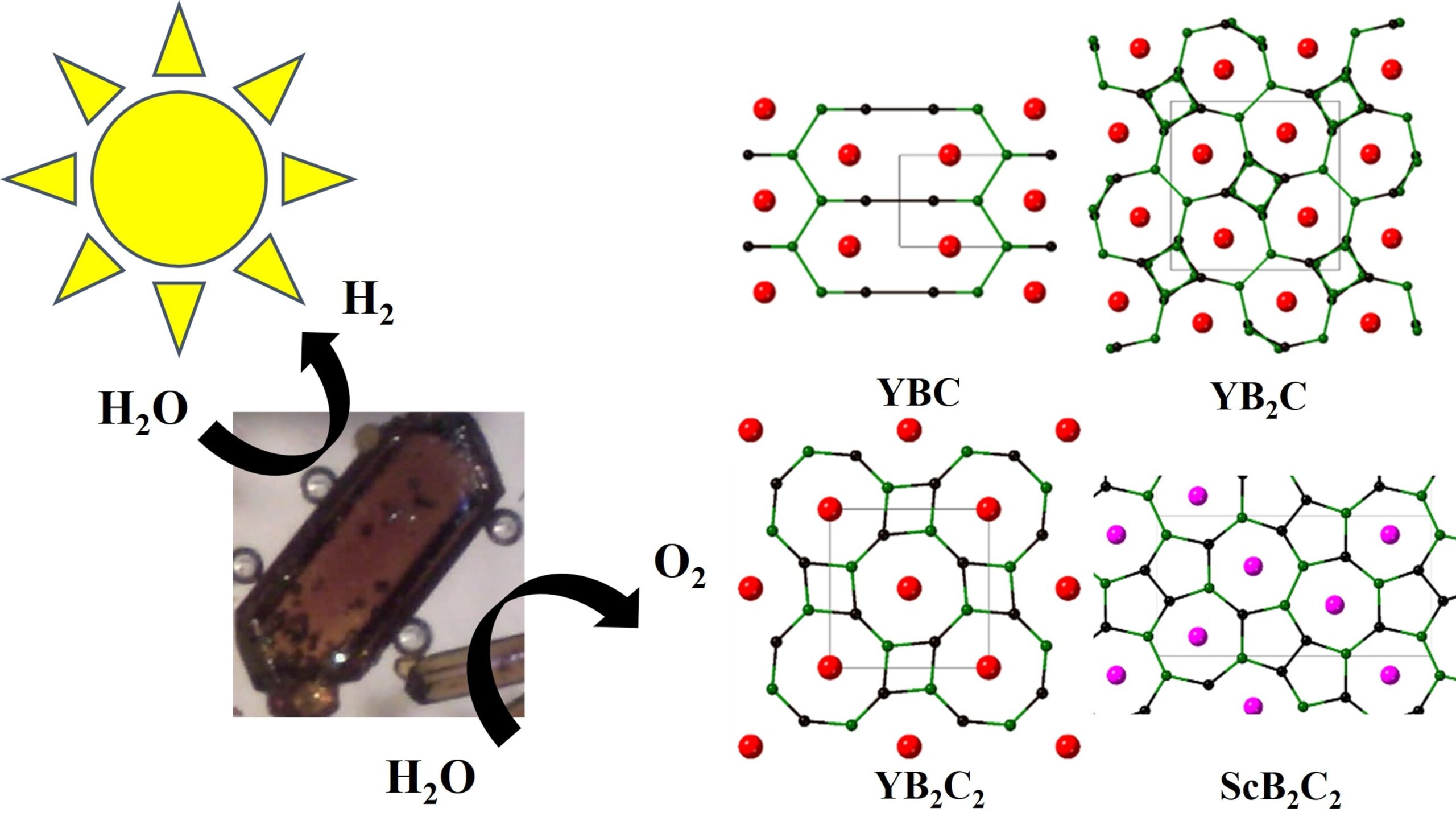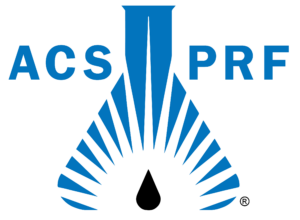Catalysis
Photocatalysis: The Akopov group is looking at members of the halide perovskite family of compounds for the use as materials for photocatalysis. We are able to grow single crystals and make powder and nanocrystals of the perovskites. The various element dopings and solid-solution formation are explored and their effects on the photocatalysis is investigated.
Electrocatalysis: We are looking at the members of the ternary pseudo-diboride family of compounds and well as metal borocabides (YBC, YB2C, YB2C2, etc.) for their applications as materials for water splitting reactions, especially hydrogen evolution reactions (HER).



